The second post in this 12-part series about Cold War cinema focuses on the early 1950s, when the conflict reached its first peak, in Europe as well as in Asia. The films below are all profoundly shaped by the booming ideological rivalry and/or high-pitched security-driven mentality, but it’s fun to see how they approach these through a wide variety of stories and tones while focusing on such disparate fronts as the arms race, espionage, border division, hot wars, consumer diplomacy, financial aid, and full-on propaganda.
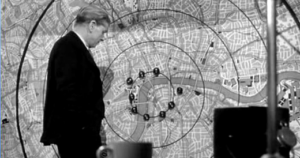
11. Seven Days to Noon (UK, 1950)
There’s an absorbingly gritty, semi-documentary feel to Seven Days to Noon, a taut thriller about the Scotland Yard running against the clock to stop a nuclear scientist from blowing up London. The fear that atomic power could be turned against the West is becoming increasingly palpable.
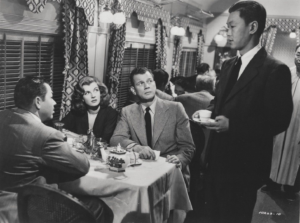
12. Peking Express (USA, 1951)
Take the train-bound intrigue of Berlin Express, have Joseph Cotton play the idealist American abroad like he did in The Third Man (here he’s a well-meaning doctor of the recently created World Health Organization), and set the whole thing in communist China… As an old-school adventure piece, Peking Express is serviceable enough, but its presence on this list is as a masterful lesson in Hollywood’s ability to recycle material into new geopolitical contexts, in this case updating proven formulas (this is the second remake of 1932’s Shanghai Express) to sensationalize the establishment of the PRC regime, back when it was still excluded from the United Nations (and therefore at odds with the WHO, which gives the film an extra layer of resonance when seen now). This one even has characters discussing Marxism and democracy in-between love scenes and gunfights, making it yet another representative of the HUAC era, which isn’t to say that things don’t get muddier along the way (the commies may not be the main villains after all!), culminating in a blaze of bullets where practically everyone is firing at each other.
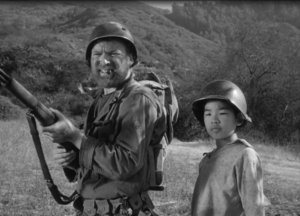
13. The Steel Helmet (USA, 1951)
There aren’t all that many great Korean War movies. Less than a year into the conflict, though, Sam Fuller knocked out this incredible ragtag ‘lost patrol’ type of yarn. Shot in ten days, on a shoestring budget, with UCLA students as extras, The Steel Helmet wears a passionate sense of urgency on its sleeve and it packs one hell of a punch thanks to Fuller’s unmistakable instinct for tabloid filmmaking.
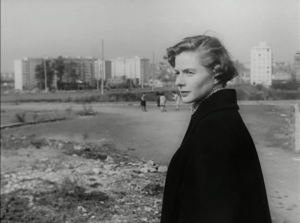
14. Europe ’51 (Italy, 1952)
Back to Italy! In the forceful melodrama Europe ‘51, we follow the postwar ideological turmoil through the eyes of a grieving mother searching for meaning among the capitalist bourgeoisie, communist ideas, and religion. By this stage, the Cold War has become such a hegemonic status quo than trying to find a place beyond it is perceived as a sort of insanity…
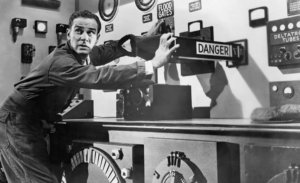
15. The Magnetic Monster (USA, 1953)
Despite the ‘monster’ in the title, don’t expect anyone in a rubber suit. The threat is actually an expanding radioactive isotope releasing an intense magnetic energy, with ever more devastating effects. What elevates this B-movie is its idiosyncratic approach to the genre: the first of a trilogy featuring the Office of Scientific Investigation (OSI), a fictional science-based version of the FBI (instead of G-Men, their agents are A-Men, because of the link to atomic energy), The Magnetic Monster is shot like an episode of Dragnet, presenting their investigation in a hardboiled, no-nonsense tone even as the premise becomes more fantastical and the stakes more world-shattering. In other words, not only do we get a story about nuclear research and danger, but we also get a dramatization of the protective role of the federal and military authorities.
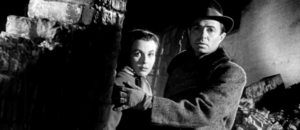
16. The Man Between (UK, 1953)
Carol Reed’s thematic follow-up to The Third Man has a less sophisticated script, but the elegant cinematography and location shooting generate a truly immersive atmosphere, engrossingly portraying divided (if pre-Wall) Berlin and culminating in an impressive couple-on-the-run sequence (which is more reminiscent of Reed’s bleak IRA drama Odd Man Out). More than the films’ quality, though, the most interesting comparison to The Third Man concerns the ideological shift in emphasis, as pointed out by Tony Shaw in his book British Cinema and the Cold War: if, in the former movie, the Soviets ‘constituted only one threatening element that was far outweighed by the post-war racketeering of a distinctly non-political nature’ (as the criminal Harry Lime manipulated the system for his own purposes), in The Man Between ‘the communists are undoubtedly the main cause of Berlin’s instability’ (now they’re the ones blackmailing a smuggler).
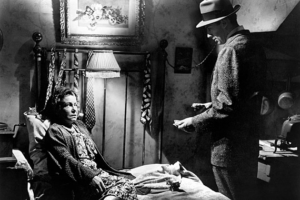
17. Pickup on South Street (USA, 1953)
New York’s criminal underworld joins the Cold War. Like I mentioned last time I brought up Pickup on South Street, Sam Fuller’s walloping film noir features three of my favorite lowlifes in cinema, who find themselves way in over their heads when one of them inadvertently picks a wallet with top-secret government information…
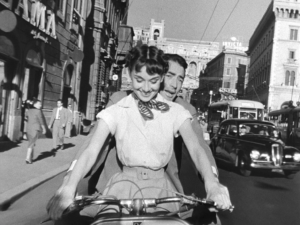
18. Roman Holiday (USA, 1953)
Without much external context, the Cold War’s link to this endearing romantic comedy may appear mostly allegorical, as an American journalist shows a European princess a good time in Rome, symbolizing the US role in fostering the Old Continent’s freedom, happiness, and integration (while indirectly promoting tourism and, thus, consumer diplomacy). If you bear in mind that Roman Holiday was anonymously scripted by the blacklisted Donald Trumbo, however, its themes of trust and loyalty gain a whole other resonance against the unspoken backdrop of McCarthyism… And yet, ironically, the end-result was such a utopic advertisement for capitalism (anticipating the ‘economic miracle,’ this Italy is a world away from the Rome of Bicycle Thieves) that the US Intelligence Agency selected it as a priority export to the Eastern Bloc – and it did make it to Soviet screens due to the subsequent ‘thaw’ of the Khrushchev era.
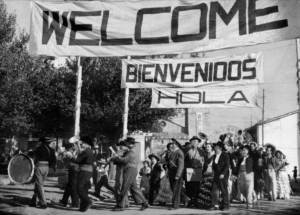
19. Welcome Mr Marshall! (Spain, 1953)
A genuinely hilarious satire, made in the Franco dictatorship, Welcome Mr Marshall! chronicles a poor village’s attempt to impress the Americans when it turns out Spain might be included in the Marshall Plan after all.
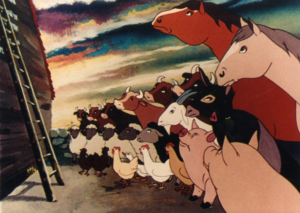
20. Animal Farm (UK/USA, 1954)
What better way to wrap up this second post than with animated anti-Soviet propaganda commissioned by the CIA with the aim of showing viewers of all ages the degeneration of the USSR. Besides the object’s overall bizarreness, this screen adaptation of Animal Farm is especially fascinating when you consider the precise changes from George Orwell’s book.
